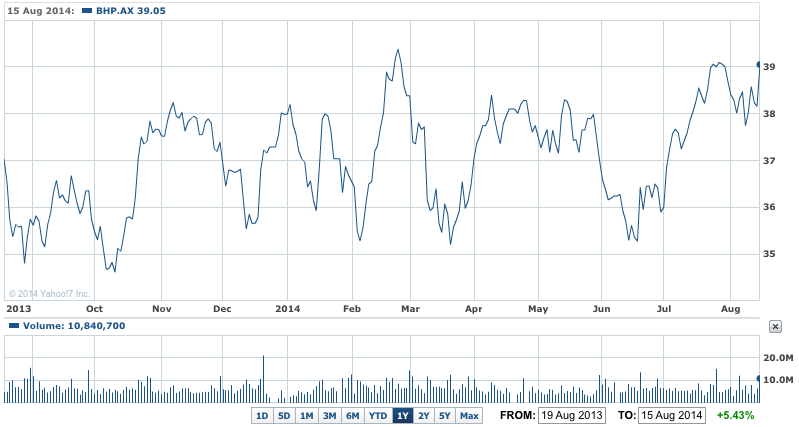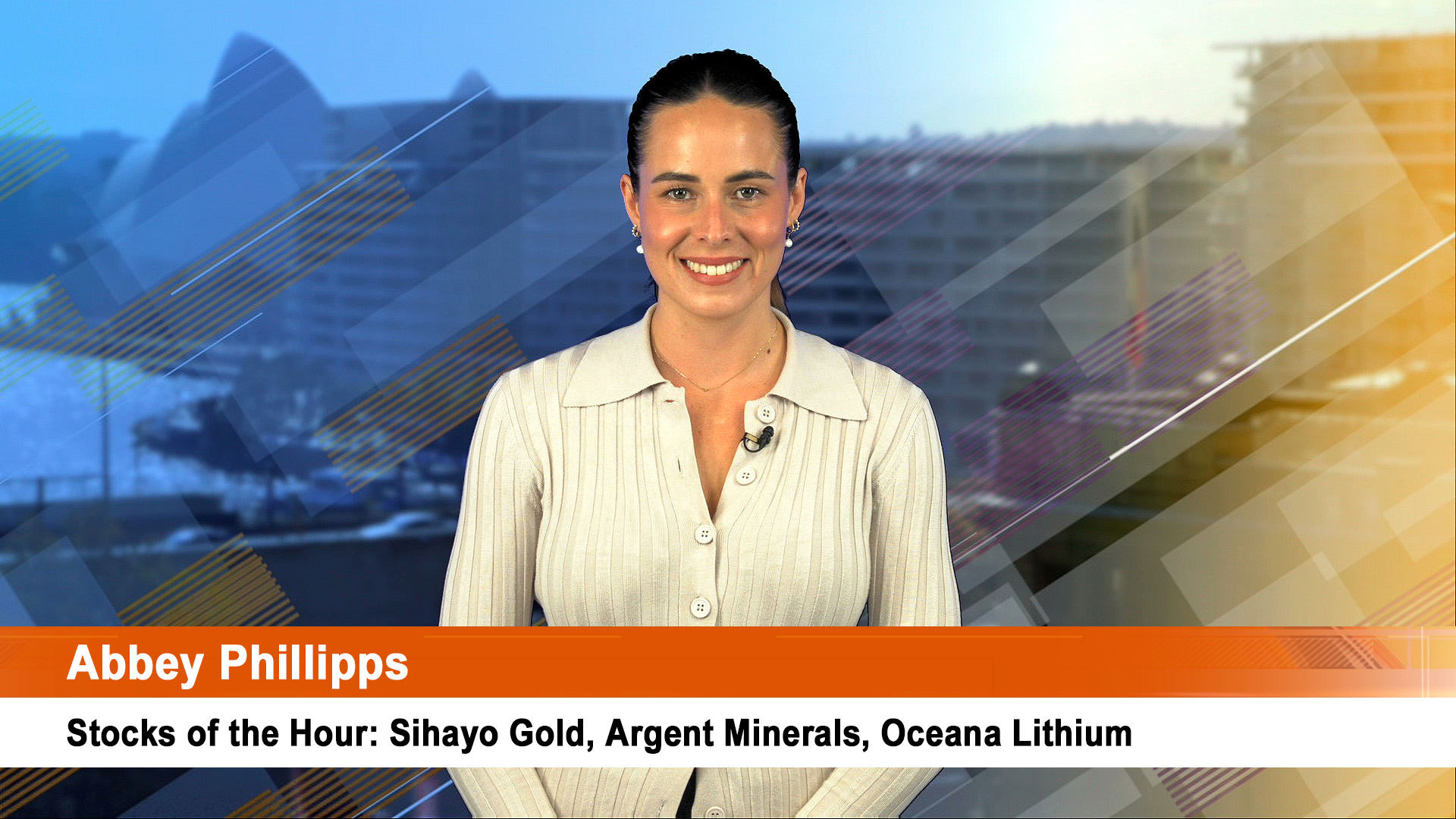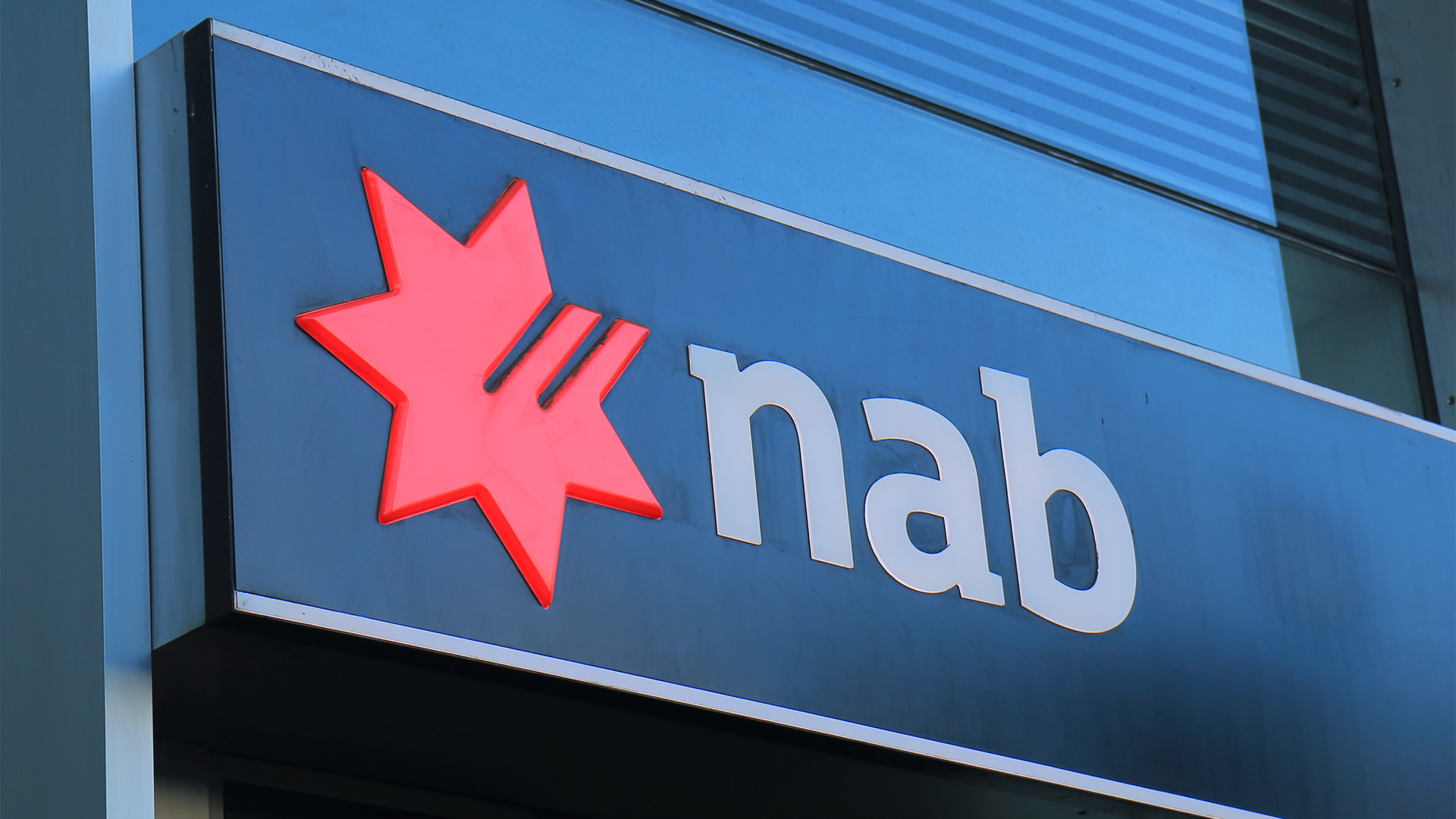It’s going to be a big week for BHP Billiton (BHP), one that will change the shape of the company for years to come.
Not only will the giant miner release its 2013-14 profit, but it will confirm the structure of the multi-billion dollar asset spin off.
The profit and the restructure will be announced tomorrow morning.
The profit is likely to be around $US $13 billion or more – roughly 30% above the $US10.9 billion for 2011-12.
A higher dividend is also forecast (Rio Tinto lifted its interim dividend earlier this month).
Some mining analysts reckon the company could also make a share buyback, but others say the spin off, with shareholders receiving shares in the new company, could be the capital management move that the market has been waiting for.
The demerged assets include – aluminium, alumina, bauxite in Australia and South Africa, manganese assets in Australia and South Africa, the Cannington silver lead zinc mine in Queensland and the West Australian nickel mining and processing assets .
They could be worth $US14 billion to $US16 billion. If the company’s thermal coal assets in South Africa are included, the spin off’s value could rise closer to $US20 billion.The company has been debating whether to include its NSW coal assets – mostly thermal coal.
Thanks to the news of the demerger’s confirmation on Friday, BHP shares jumped 3.5% to $39.05 on the ASX, with the biggest part of the gains coming in Friday afternoon.
BHP 1Y – BHP Billiton set to split

In Friday’s announcement the company said "A demerger of a selection of assets is our preferred option."
Although it did not identify the assets to be included in the new company, the sale of the aluminium, manganese and nickel assets has long been anticipated by the market.
BHP said in April that it believed a business focused on iron ore, copper, coal and energy assets would drive a "superior return on investment". And that was again mentioned in Friday’s statement, with potash included as a possible fifth leg for the company.
"By increasing our focus on these four pillars, with potash as a potential fifth, we will be able to more quickly improve the productivity and performance of our largest businesses," the company said in its statement.
The aluminium, manganese and nickel assets are not major contributors to BHP’s profits (as tomorrow’s profit statement will show) and the group said on Friday that simplfying its business would "generate stronger growth in cash flow".
Iron ore, copper petroleum products and coking coal will be the major profit drivers in tomorrow’s profit statement. The company beat its own guidance for full-year iron ore output, mining a record 225 million tonnes.
Under newish chief executive Andrew Mackenzie, BHP has intensified its efforts to cut costs and sell none-core assets to focus on iron ore, copper, coking coal and oil and gas in the US and Australia with more than $US3 billion already cut from its cost base in the past two years, and more promised.
Looking at the profit, Deutsche Bank analysts say BHP will report underlying earnings of $US13.63 billion and earnings before interest and tax of $US23 billion.
Deutsche Bank also expects the company to issue a final dividend of US61 cents and announce an on-market rolling share buyback of at least $US3 billion, but that report was issued before the demerger announcement from the company on Friday.
We learned in the 2014 production report last month that the company expects to take an earnings hit of between $US900 million and $US1.3 billion due to mine site rehabilitation costs and redundancy payments.
Deutsche Bank reckons capital management could dominate the annual result. Capital Expenditure guidance for the 2015 financial year could fall as low as $US13 billion – Mr Mckenzie has estimated the company.
Investors will also keep an eye on the company’s cost cutting program which has already achieved $US3.3 billion in savings excluding cuts to exploration costs.













